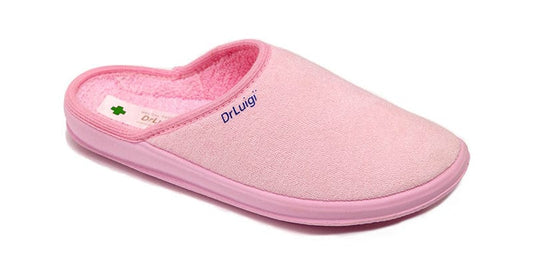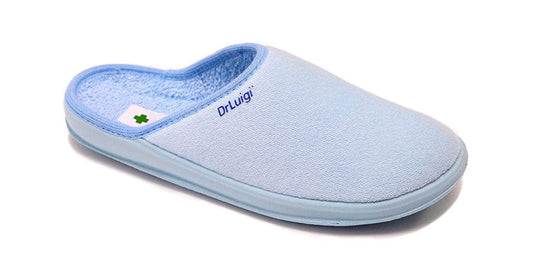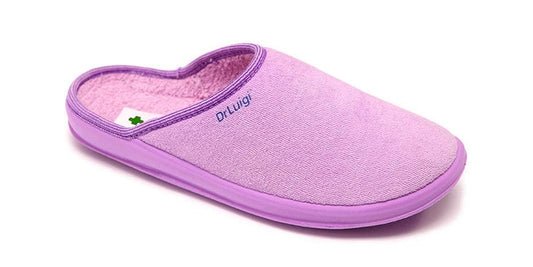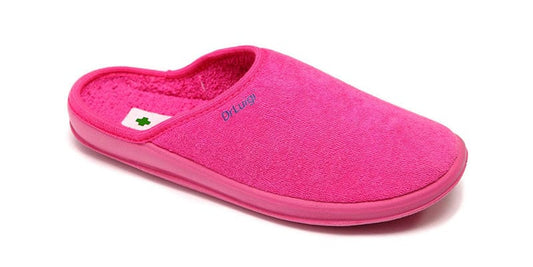Toe knuckle cracking: harmless habit or potential health hazard? The age-old debate surrounding this common practice has left many wondering about its true effects on joint health. Let's explore the facts and myths surrounding toe knuckle cracking.
The Pleasure Principle
For some, the sensation of joints cracking can be oddly satisfying. Research suggests that a significant portion of the population, particularly men, derive pleasure from this activity. Some even incorporate toe knuckle cracking into their foot massage routines, finding it therapeutic for sore feet.

Behind the Crack
The audible "pop" of knuckle cracking occurs when nitrogen bubbles within the synovial fluid surrounding the joints rupture. While cracking may momentarily alleviate muscle tightness, the perceived sensation of looseness is largely psychological, with no actual pressure release occurring, according to medical experts.
Arthritis Association
Contrary to popular belief, studies have failed to establish a direct link between knuckle cracking and arthritis. There is no conclusive evidence to suggest that habitual knuckle crackers are at a higher risk of developing arthritis compared to non-crackers.
Potential Pitfalls
While arthritis may not be a concern, habitual knuckle cracking can lead to other joint-related issues. Chronic cracking may result in weakened ligaments and diminished grip strength over time. Ligament laxity, characterized by swollen and painful joints, can develop from repeated stretching and pulling of the digits.
Preserving Joint Health
To maintain optimal foot and joint health, consider wearing supportive footwear like DrLuigi medical shoes made from natural materials. Additionally, practicing proper foot care and avoiding excessive joint manipulation can help prevent potential issues associated with toe knuckle cracking.
In conclusion, while toe knuckle cracking may offer temporary relief and satisfaction to some, it's essential to be mindful of potential long-term consequences. By understanding the facts and taking proactive measures to preserve joint health, individuals can make informed decisions regarding this common habit.





